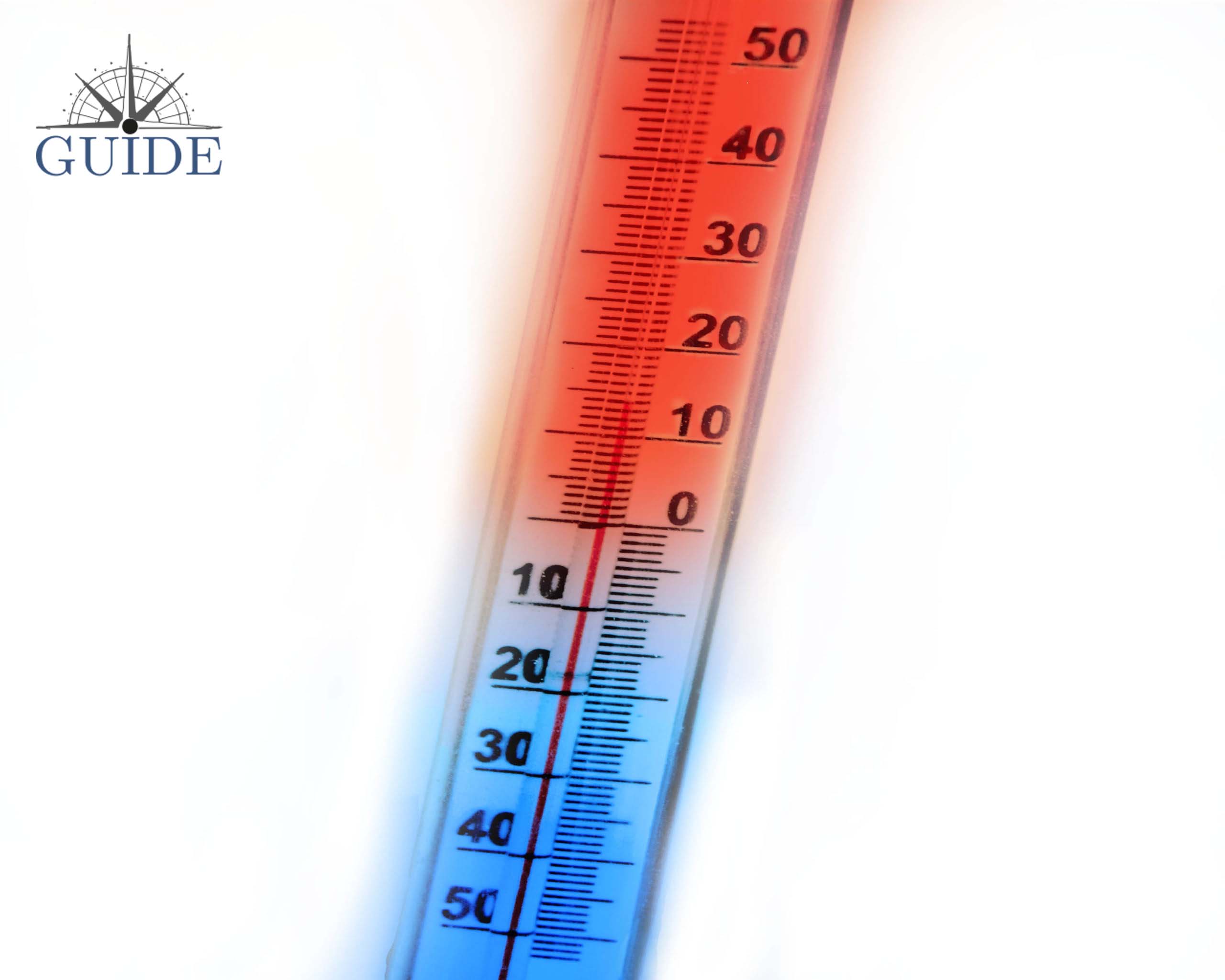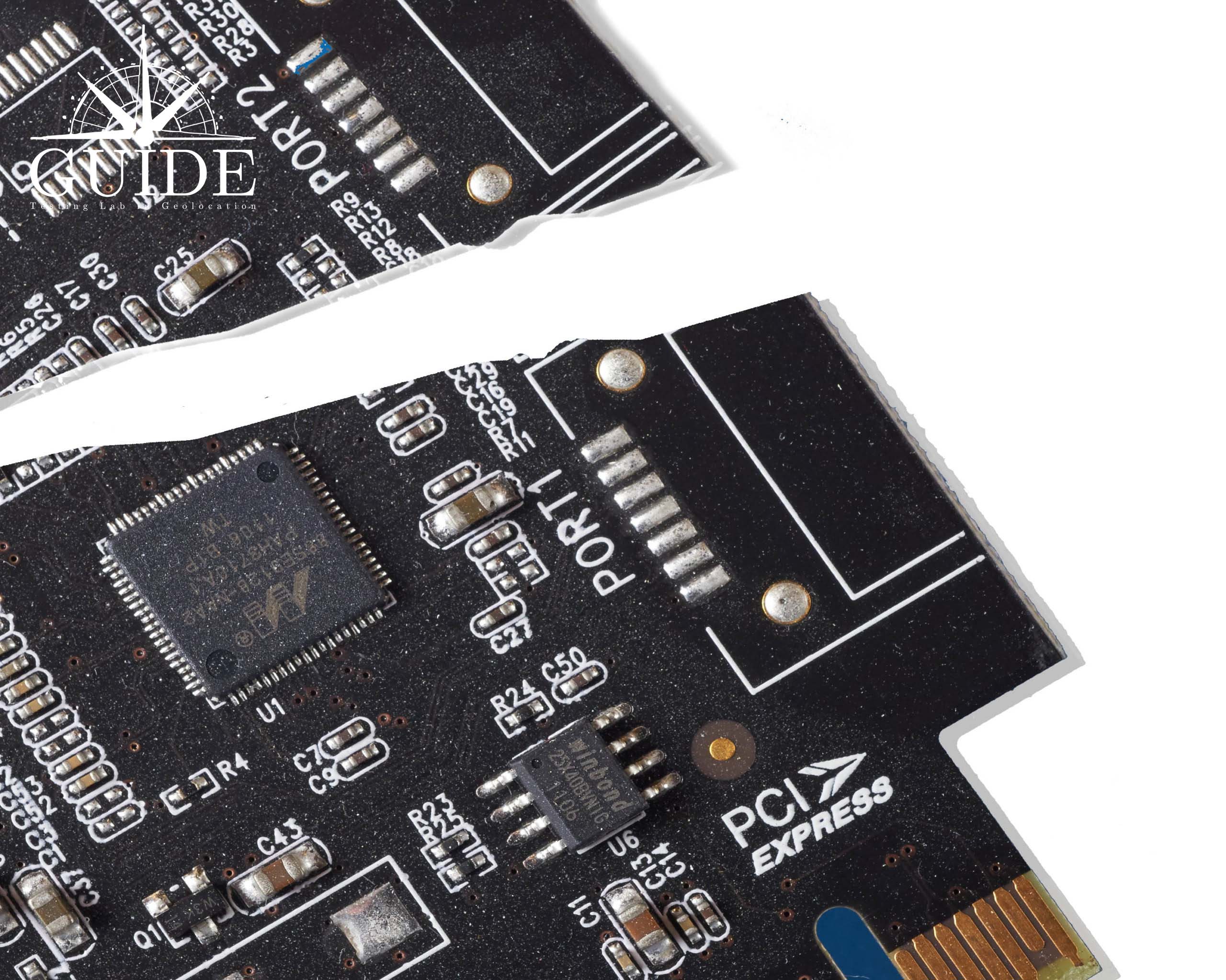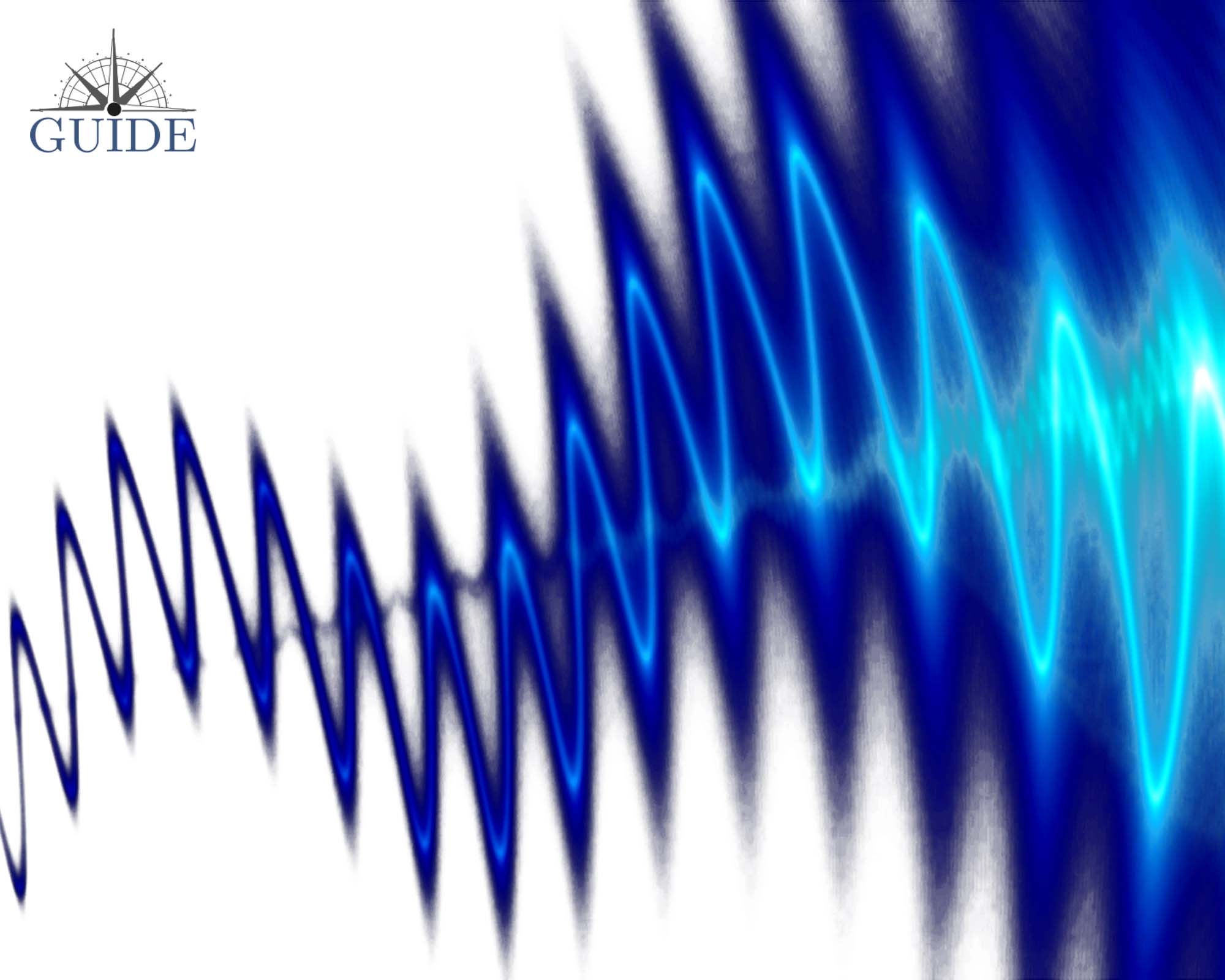Testing of GNSS receivers in extreme ambience conditions
climatic
GUIDE accesses to all the necessary facilities (chambers, sensors, probes, calibration and metrology centers, etc.) to perform your assessment tests with the extreme environmental conditions.
Climatic tests are dedicated to reproducing the meteorologic conditions encountered on land and at altitude. The aim is to resume test cases but by simulating extreme conditions, in order to measure the resilience of GNSS receivers or other devices.
- Extreme temperatures : simultaneous combination of atmospheric conditions hot tests, cold tests, humidity tests (relative or absolute humidity), altitude, solar heating, stability or cyclic tests
- Rapid temperature variation (RTV) and thermal shocks

mechanical
GUIDE accesses to mechanical testing facilities such as electrodynamic exciters (also called vibratory pots). We can offer you customized solutions according to your industry.
Mechanical tests evaluate the resilience of GNSS receivers in real conditions of use by applying mechanical constraints :
- Vibration tests : sine, random
- Shock tests
- Tests with constant accelerations

Radioelectric
GUIDE accesses to test facilities to evaluate the electromagnetic compatibility (EMC) of your GNSS receivers.
The EMC consists in checking the capacity of an electronic equipment to be operated without being susceptible to the interferences of its environment and without causing itself disturbing electromagnetic disturbances.
The range of EMC tests proposed by GUIDE allows to test the compatibility or the resistance to waves on an antenna or a GNSS receiver :
- Emission tests : the disturbances generated by the device under test are measured and compared to the normative limits or manufacturer specifications
- Immunity tests : the behavior of the device under test is analyzed when it is subjected to disturbances whose type and levels are defined in the standards or manufacturer specifications
The range of tests proposed is as follows :
- Radiated emissions : magnetic field between 0 Hz and 30 MHz and electric field between 10 kHz and 40 GHz (anechoic chamber and CRBM)
- Conducted susceptibility (BCI: 10 kHz – 500 MHz) up to 3 A
- Radiated susceptibility (10 kHz – 40 GHz) up to 30 kV/m
- Radio tests
- Electrical tests on power supply networks
- Electrostatic discharge tests
- Lightning tests

